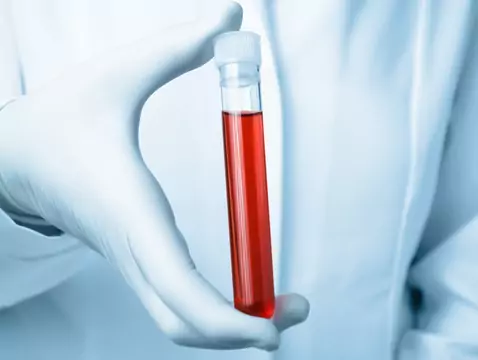Rhabdomyolysis is a pathological process of muscle breakdown that results in damage - sometimes irreversible - to the human body. Although there are many non-specific symptoms and the process itself can affect many human organs, the most common effects are kidney damage. This is due to the release of myoglobin as well as lactic acid and other organic acids into the intercellular fluid from the disintegrating muscle cell.
Rhabdomyolysis is the term used to describe the breakdown of striated muscle cells. The cell membranes of the myocytes become damaged and disintegrate, resulting in the passage of muscle proteins and ions into the blood. Muscle breakdown can have many causes that originate from within the body, as well as being caused by external factors that can be traumatic and non-traumatic, although statistically, non-traumatic causes account for the majority of cases [1]. Muscle breakdown can be triggered by a number of factors, including those associated with physical impact - mechanical or thermal factors that cause impaired blood supply. Intoxication with drugs, alcohol, psychoactive substances or carbon monoxide can also lead to this condition.
Non-physical factors are those in which ischaemia is caused by certain conditions in our health - embolism, blood clot, prolonged immobilisation, surgery, very high physical exertion, infection, epileptic seizures.
Genetic factors are also important, as they can cause deficiencies in metabolic enzymes involved in the metabolism of sugars or lipids [2].
Rhabdomyoliasis is therefore a disease syndrome describing a condition of extensive breakdown of the striated muscles, with consequences felt throughout the body. The complications that can arise from this affect many organs, but the most common complication of this type of pathology is acute renal failure. This is because the released myoglobin (originating from the disintegrating muscles), leads to obstruction of the renal tubules and has a nephrotoxic effect in itself. The most effective therapy in this situation is to put the patient on fluid therapy in order to remove the backed-up myoglobin from the kidneys as quickly as possible, thereby limiting renal damage and associated complications [2].

photo: panthermedia
Aetiological process
The condition that is rhabdomyolysis is the result of the breakdown of myocytes and the release of their contents into the extracellular fluid. This is the element that distinguishes muscle breakdown from myositis, when, despite ongoing inflammation in the muscles, there is no lysis of cell membranes, and the only consequence is an increase in serum creatine kinase levels in humans [2]. The very existence of such a process has been known to medicine for a long time, with descriptions related to victims of this condition appearing in the specialist literature as early as the early 20th century [2].









